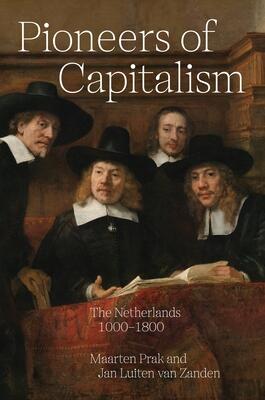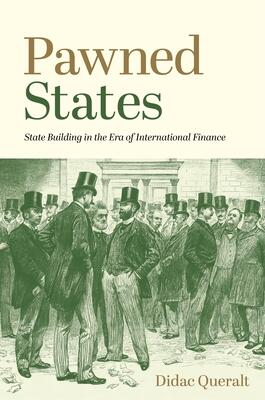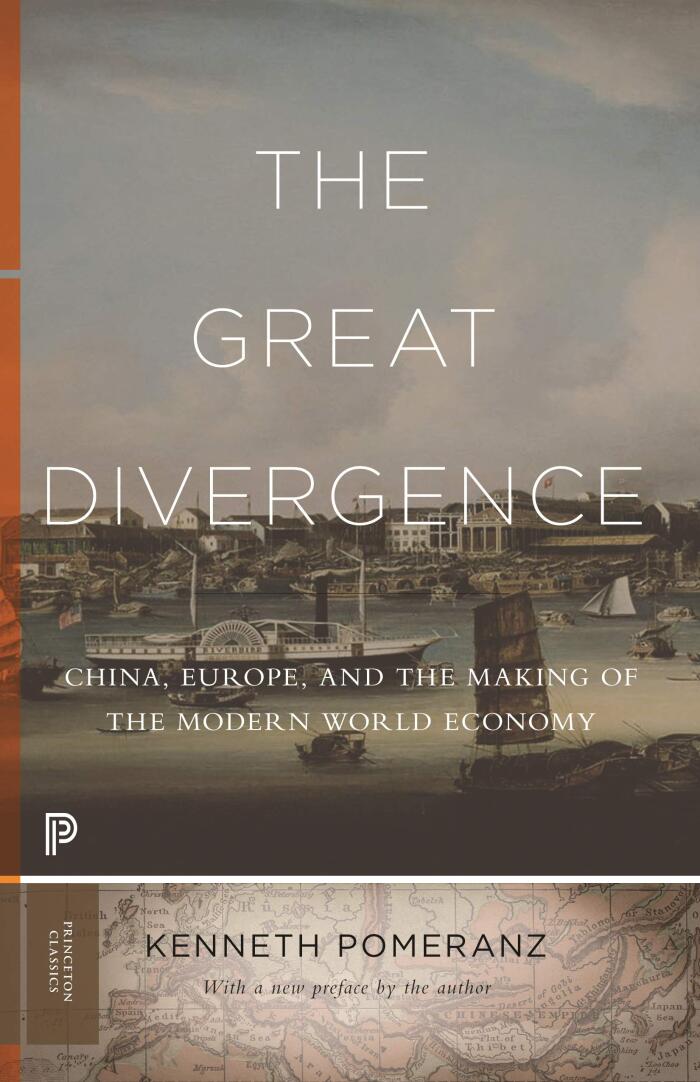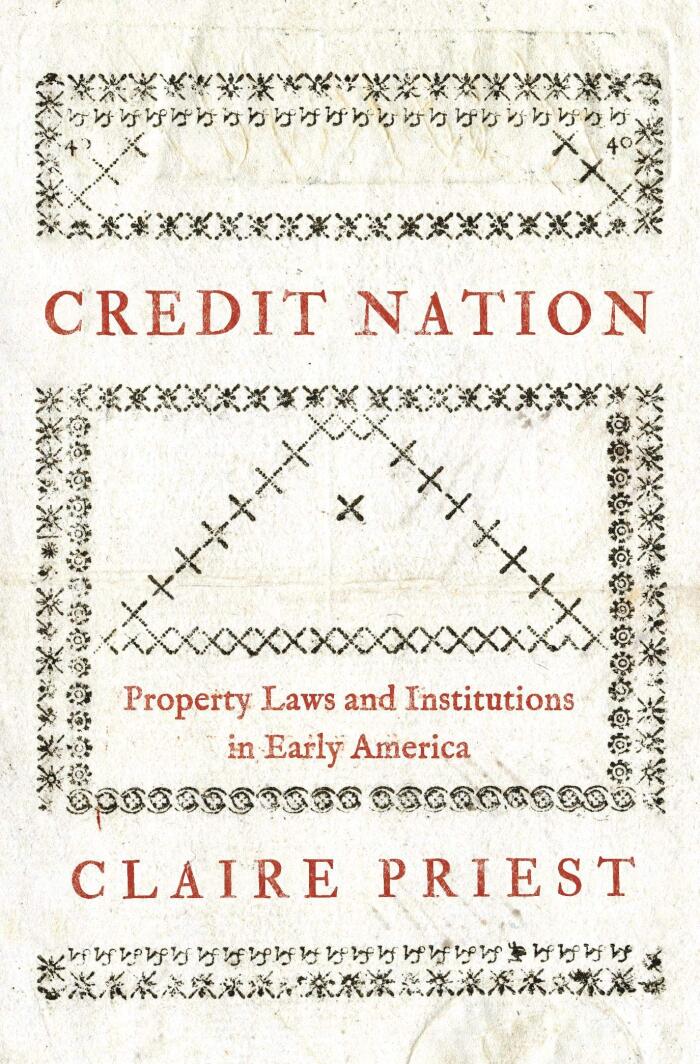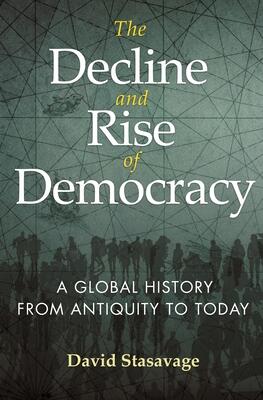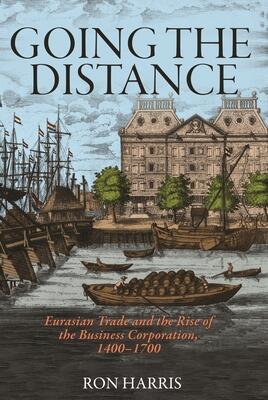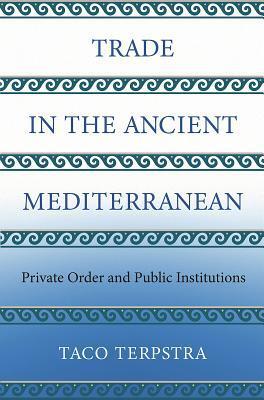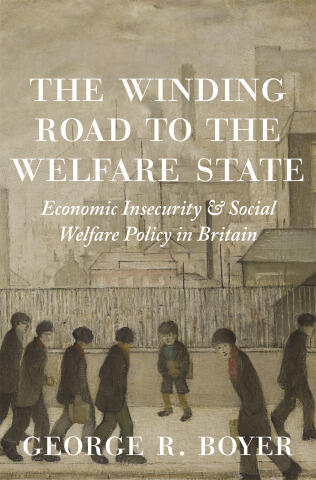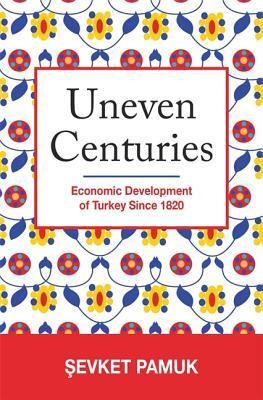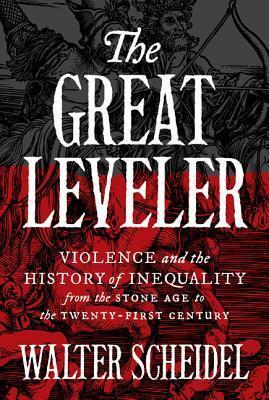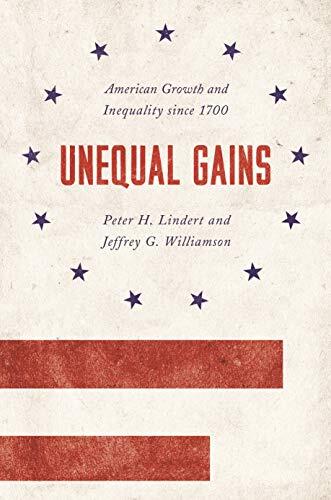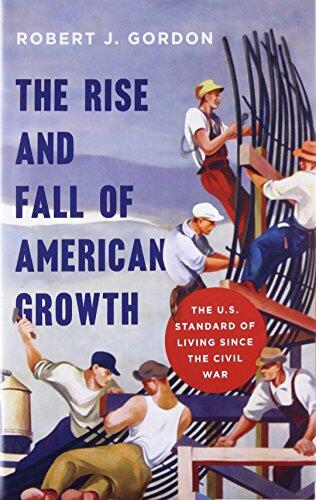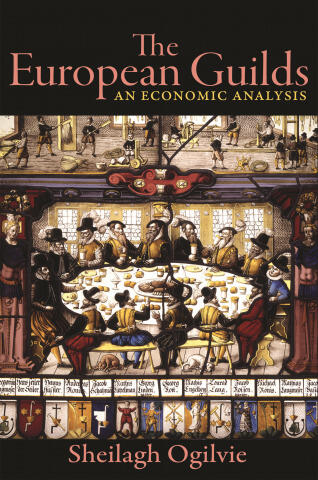
The European Guilds: An Economic Analysis
还没有评分
格式
精装书
页数
752
语言
英语
已发布
Feb 12, 2019
出版商
Princeton University Press
ISBN-10
0691137544
ISBN-13
9780691137544
描述
Sheilagh Ogilvie takes readers on a journey through the intricate world of European craft guilds, offering a thorough examination of their role in economic history spanning eight centuries. The book delves deep into the evolution of these organizations, highlighting their influence on trade, labor markets, and the socio-economic fabric of medieval and early modern Europe.
Through meticulous research and compelling narratives, Ogilvie illustrates the complexities of guild regulations and their impact on artisans’ lives. The work reveals how guilds served not only as a means of economic protection for craftspeople but also as vehicles for social cohesion and identity within communities. The author balances historical context with economic analysis, allowing readers to see how these institutions evolved in response to broader economic changes.
Ogilvie’s insights shed light on the interplay between state power and guild authority, uncovering the tensions and collaborations that shaped the development of industries in various regions. This scholarly work appeals to historians, economists, and anyone interested in the dynamics of craftsmanship and trade in Europe.
Overall, the book stands as a significant contribution to the understanding of guilds, enriching the discourse on economic history while emphasizing their lasting legacy in contemporary societies.
Through meticulous research and compelling narratives, Ogilvie illustrates the complexities of guild regulations and their impact on artisans’ lives. The work reveals how guilds served not only as a means of economic protection for craftspeople but also as vehicles for social cohesion and identity within communities. The author balances historical context with economic analysis, allowing readers to see how these institutions evolved in response to broader economic changes.
Ogilvie’s insights shed light on the interplay between state power and guild authority, uncovering the tensions and collaborations that shaped the development of industries in various regions. This scholarly work appeals to historians, economists, and anyone interested in the dynamics of craftsmanship and trade in Europe.
Overall, the book stands as a significant contribution to the understanding of guilds, enriching the discourse on economic history while emphasizing their lasting legacy in contemporary societies.


